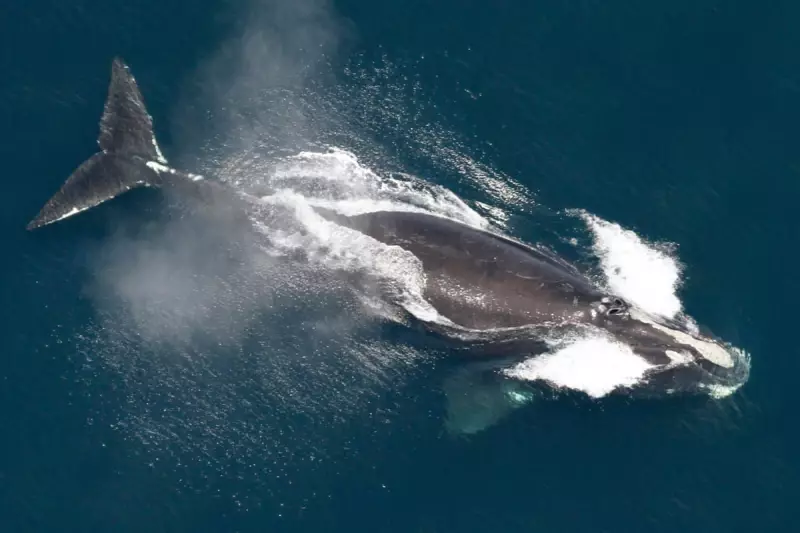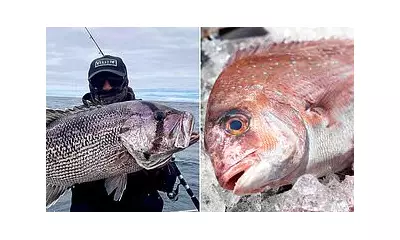
In a development being hailed as a significant conservation victory, marine scientists have confirmed the first increase in North Atlantic right whale numbers in over fourteen years. The latest population assessment reveals approximately 368 individuals now navigate Atlantic waters, marking a cautious but important turnaround for one of the planet's most endangered marine mammals.
A Glimmer of Hope After Years of Decline
The North Atlantic Right Whale Consortium's annual report indicates the population grew from around 356 whales in 2023 to an estimated 368 in 2024. This represents the first documented increase since 2011, breaking a worrying trend of steady decline that had brought the species perilously close to extinction.
"We're finally seeing a glimmer of hope on the horizon," stated Dr. Philip Hamilton, senior scientist at the New England Aquarium's Anderson Cabot Center for Ocean Life. "While we're far from declaring mission accomplished, this upward trend suggests our conservation efforts are beginning to bear fruit."
What's Driving the Recovery?
Several factors appear to be contributing to this positive development:
- Reduced vessel strikes: Enhanced speed restrictions in critical habitats and voluntary vessel slowdowns have significantly decreased fatal collisions
- Fishing gear modifications: The adoption of weaker ropes and ropeless fishing technology has dramatically reduced deadly entanglements
- Successful calving seasons: Recent years have seen improved calf survival rates, with 2024 recording 12 new calves joining the population
- International cooperation: Coordinated efforts between the United States and Canada have strengthened protection measures
The Long Road Ahead
Despite this encouraging news, conservationists emphasize the species remains in critical danger. The current population represents less than 30% of what existed in 2010, and human activities continue to pose significant threats.
"This is a fragile recovery that requires sustained commitment," warned Heather Pettis, executive administrator of the Right Whale Consortium. "We cannot become complacent. Climate change, ocean noise pollution, and ongoing fishing gear entanglements still threaten every individual whale."
Why Right Whales Matter
North Atlantic right whales play a crucial role in marine ecosystem health. As filter feeders, they help regulate plankton populations and their nutrient-rich faeces support entire ocean food webs. Their recovery represents not just a conservation success story but an indicator of overall ocean health.
Scientists and conservation groups are calling for continued and enhanced protection measures, including expanded slow zones for vessels, accelerated implementation of ropeless fishing technology, and increased funding for monitoring and research programs.
"This population increase shows that when we take meaningful action, we can make a difference," concluded Dr. Hamilton. "The right whale's future now depends on our willingness to maintain and strengthen these conservation efforts."





